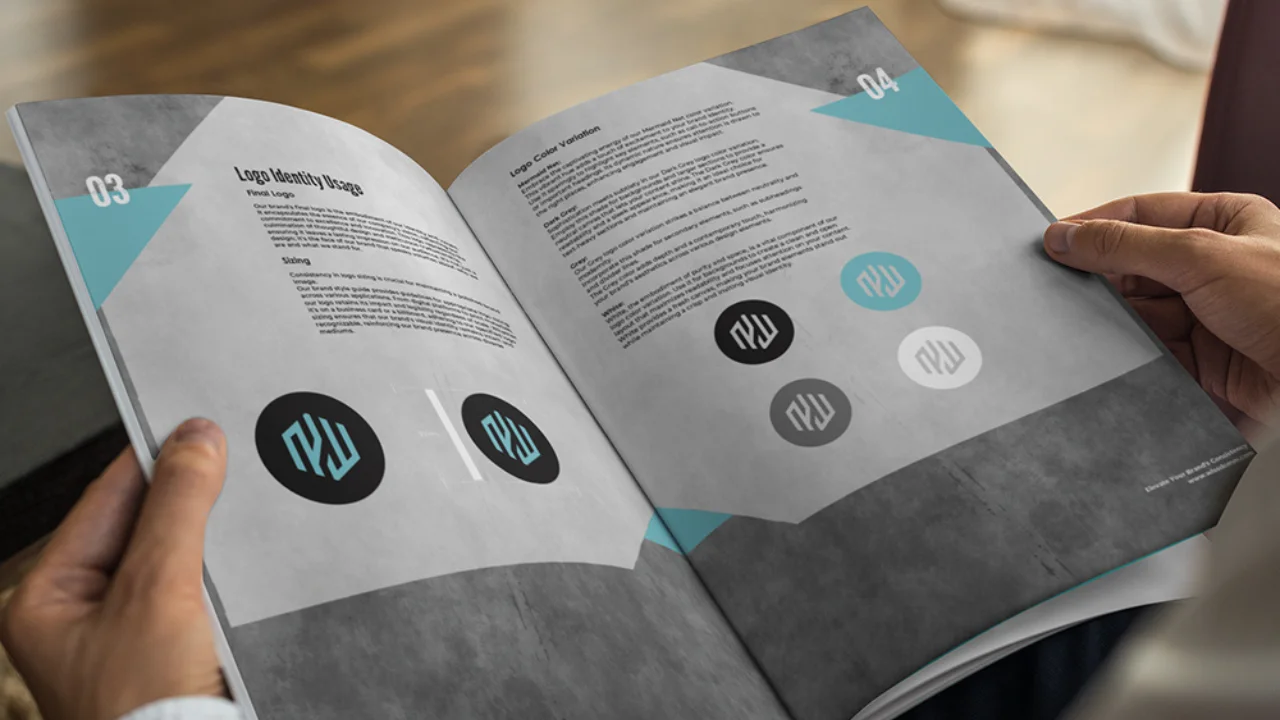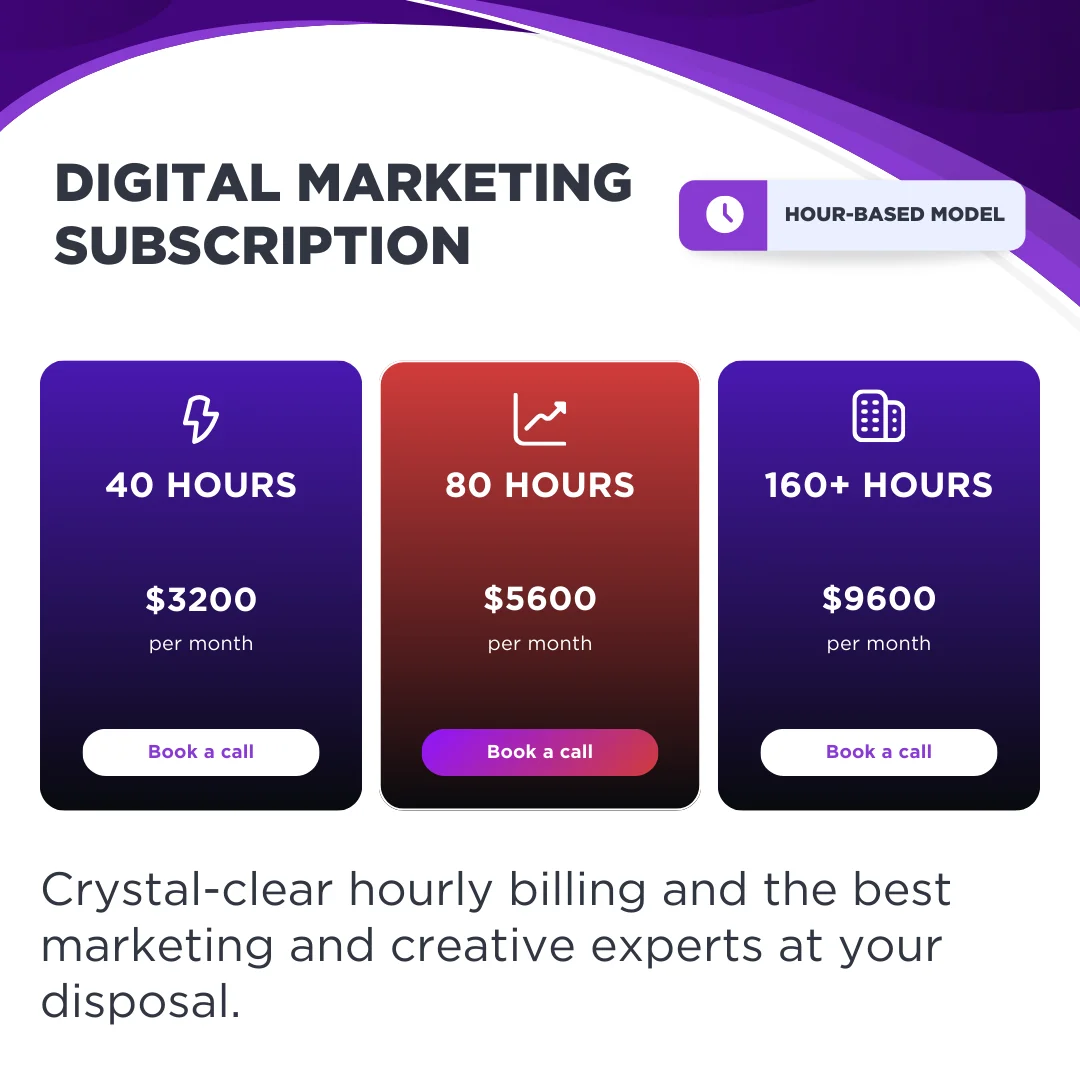In the competitive world of business, a brand’s identity is one of its most valuable assets. It’s what sets a business apart from its competitors, shapes customer perceptions, and builds loyalty. However, a well-crafted brand identity must be consistent across all platforms to be effective, and that’s where brand guidelines come in. Comprehensive brand guidelines serve as a blueprint for how your brand is presented, ensuring consistency, professionalism, and clarity in every interaction.
This guide will walk you through the essential components of comprehensive brand guidelines, why they matter, and how they can help you maintain a strong, cohesive brand identity across all touchpoints.
Learn more about Building a Strong Brand Identity and why it’s crucial for your business.
What Are Brand Guidelines?
Brand guidelines are a document (either digital or printed) that define how a brand should be represented visually and verbally. These guidelines outline the do’s and don’ts for using brand elements such as the logo, colors, fonts, tone of voice, and imagery. Having a comprehensive brand guideline ensures that everyone involved in creating content or communicating on behalf of the brand does so in a way that is consistent with the brand’s identity.
Why Are Brand Guidelines Important?
- Consistency: Consistent branding across platforms helps create a recognizable and reliable brand. This consistency builds trust with your audience.
- Professionalism: Well-defined guidelines ensure that your brand appears polished and professional in every medium, from websites to social media to printed materials.
- Clarity for Collaborators: Whether you’re working with internal teams, freelancers, or agencies, brand guidelines provide a clear framework that ensures everyone is aligned with how the brand should look and feel.
- Scalability: As your company grows, having brand guidelines in place allows new employees or collaborators to quickly understand how to represent the brand accurately.
Discover how Copywriting Enhances Your Brand Identity by ensuring consistent tone and messaging across all communications.
Key Elements of Comprehensive Brand Guidelines
Guidelines for logo placement, sizing, and variations.
Defined colors with HEX, RGB, and CMYK values for consistency.
Font usage rules for headings, body text, and digital assets.
Guidance on maintaining consistent communication across platforms.
Preferred photography styles and visual elements for brand imagery.
Rules for graphic elements, icons, and additional visual assets.
Creating comprehensive brand guidelines means going beyond a simple logo or color scheme. It involves laying out detailed instructions on how every element of your brand should be used. Let’s dive into the key components that should be included:
1. Logo Usage
Your logo is the most recognizable part of your brand. Your guidelines should include clear instructions on how and where the logo should be used, as well as rules about spacing, sizing, and any variations (e.g., monochrome, stacked, or icon versions). Additionally, specify where the logo should not be used, including misuses such as stretching, altering colors, or placing it on busy backgrounds.
2. Color Palette

Your brand’s color palette plays a critical role in brand recognition and emotion. Your guidelines should include the primary and secondary colors, along with the specific HEX, RGB, and CMYK values to ensure exact color replication across digital and print media. The color palette should be flexible enough for various applications, from your website to promotional materials, while still maintaining a cohesive look.
Read how The Role of Logo Design in Crafting a Memorable Brand Identity impacts your brand’s visual representation and helps create lasting impressions.
Primary Color
HEX: #883bd2
RGB: 136, 59, 210
CMYK: 35%, 72%, 0%, 18%
Accent Color 1
HEX: #d23c3b
RGB: 210, 60, 59
CMYK: 0%, 71%, 72%, 18%
Accent Color 2
HEX: #2afff2
RGB: 42, 255, 242
CMYK: 84%, 0%, 5%, 0%
3. Typography
Fonts are more than just letters on a page—they are key elements of your brand’s visual identity. Define the typefaces (e.g., heading font, body font) and specify where each should be used. Additionally, include instructions on font sizes, spacing, and alignment to maintain consistency across platforms.
4. Brand Voice and Tone
Brand voice is how your company communicates with its audience. Is your brand voice professional, friendly, or authoritative? The tone may shift slightly depending on the medium (formal for white papers, casual for social media), but it should always reflect the brand’s personality. The guidelines should explain your brand’s tone of voice, word choices, and any phrases to avoid.
5. Imagery and Photography
The type of imagery you use communicates a lot about your brand’s personality. Do you use sleek, minimalist product photos, or vibrant, candid shots of people interacting with your brand? Outline photography guidelines, including the style, color schemes, and image treatments, to ensure a cohesive visual presentation across all mediums.
6. Iconography and Graphic Elements
Icons and graphics are often used to complement text or to represent products and services. Your guidelines should specify the style, color, and placement of these graphic elements. For example, if your brand uses custom illustrations or flat icons, define where and how these should be used to support your brand.
How to Create Effective Brand Guidelines
Now that we’ve covered what goes into comprehensive brand guidelines, let’s explore how to develop them effectively. Here are the steps to ensure that your guidelines are clear, usable, and actionable for everyone involved:
1. Start with Your Brand’s Mission and Vision
Before diving into the visual elements, ensure that your brand guidelines start with a strong foundation—your company’s mission and vision. This will provide context for the rest of the guidelines and help define the “why” behind your brand choices. Your mission and vision should inspire every part of the brand identity.
Understand how Market Research Shapes a Successful Brand Strategy to help align your brand’s mission and values with market trends and audience expectations.
2. Define Core Brand Values
Your brand’s core values are the principles that shape your brand’s identity. Are you a customer-centric company? Do you value innovation or sustainability? These values will not only influence how you communicate but also the look and feel of your brand.
3. Make It Accessible and User-Friendly
Your brand guidelines should be easy to use and understand. Avoid overly technical language and provide clear, concise instructions. Use examples and visuals to show how each element should be applied. Many companies create digital brand guidelines that are interactive and easy to update, making them more accessible to everyone involved.
4. Provide Real-Life Examples
Seeing how the brand elements work in real-life scenarios is key to ensuring consistency. Include examples of logos in action, typography on digital platforms, and tone of voice in email campaigns or social media posts. These examples will make it easier for designers, marketers, and content creators to follow the guidelines.
Maintaining and Updating Brand Guidelines
Seeing how the brand elements work in real-life scenarios is key to ensuring consistency. Include examples of logos in action, typography on digital platforms, and tone of voice in email campaigns or social media posts. These examples will make it easier for designers, marketers, and content creators to follow the guidelines.
1. Regularly Review and Update
Schedule regular reviews of your brand guidelines—at least once a year—to ensure that all brand elements are still aligned with your goals. As your company introduces new products or enters new markets, you may need to update the guidelines to reflect these changes.
2. Stay Flexible
While your brand guidelines should be clear and specific, they should also allow for flexibility. Each platform—whether digital, print, or physical—has different requirements. Ensure that your guidelines can be adapted to various media without losing the core elements of your brand identity.
3. Educate Your Team
Your guidelines are only effective if everyone understands and follows them. Hold training sessions with internal teams and external partners to walk them through the brand guidelines and answer any questions. The more familiar they are with the guidelines, the more likely they are to apply them consistently.
Timeline: Maintaining and Updating Brand Guidelines
Annual Brand Review
Schedule a yearly review to ensure brand guidelines align with the latest company goals and market trends.
Product Launches
Update guidelines to include new product lines, branding materials, and campaign-specific requirements.
Market Expansion
Adapt your brand guidelines when entering new markets or targeting new demographics.
Brand Refresh
Consider refreshing elements like color schemes, typography, or voice when rebranding or modernizing.
Competitor Analysis
Analyze competitors to ensure your brand stays relevant and continues to differentiate itself.
Examples of Brands with Effective Guidelines
Several companies have set the gold standard when it comes to comprehensive brand guidelines. Let’s look at a few examples:
1. Slack
Slack’s brand guidelines are incredibly thorough, covering everything from their logo to their unique tone of voice. Slack’s playful and approachable brand identity is reflected across all of its touchpoints, from its app interface to marketing campaigns. Their detailed typography and color usage instructions make it easy for designers to stay on-brand.
2. Airbnb
Airbnb’s brand guidelines reflect their mission of creating a sense of belonging. Their minimalist, clean aesthetic is reinforced through strict guidelines around color usage, logo placement, and tone of voice. Airbnb provides interactive digital guidelines that offer examples of brand elements in action, from their website to their physical products.
3. Spotify
Spotify’s brand guidelines reflect their dynamic, user-centric approach to music streaming. With clear rules about logo usage, colors, and typography, Spotify maintains a consistent brand image across their app, website, and marketing campaigns. The guidelines also offer flexibility for creative campaigns while maintaining brand integrity.
Steps to Create Brand Guidelines
Conclusion
Crafting comprehensive brand guidelines is an essential step toward building and maintaining a strong, cohesive brand. They ensure that your brand is represented consistently across all platforms, from digital to print, and help protect your brand’s integrity. By defining every aspect of your brand identity—from logo usage to tone of voice—you create a roadmap for future growth and success.
Take the first step in ensuring your brand’s longevity by crafting or updating your brand guidelines today. By establishing clear, actionable guidelines, you’ll set your brand up for long-term success.
Ensure brand consistency across all platforms by creating detailed brand guidelines. Discover how structured guidelines can become the blueprint for your brand’s long-term success.




